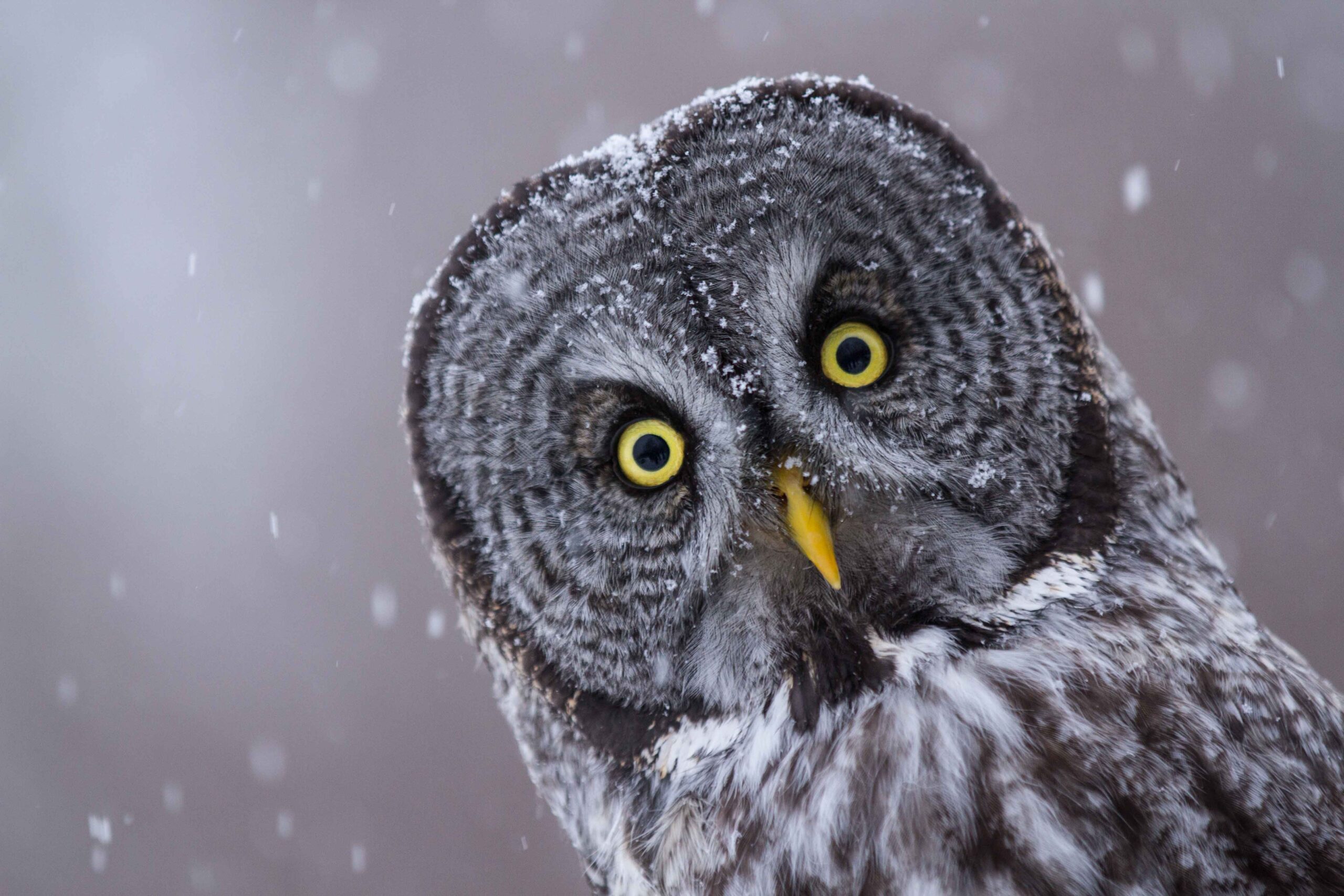The owl, a creature of nocturnal habits and enigmatic gaze, has long held a prominent position in human symbolism. Beyond its association with wisdom and knowledge, often attributed to its scholarly demeanor, the owl is frequently implicated as a potent symbol within secret societies. This association, while shrouded in conjecture and speculation, possesses a certain allure, prompting exploration into the historical and cultural threads that weave together the owl and clandestine orders.
The owl’s inherent mystique undoubtedly contributes to its symbolic appeal. Owls, unlike many birds, are primarily active at night. This nocturnal nature immediately sets them apart, imbuing them with an aura of secrecy and connection to the hidden realms. Moreover, their silent flight, facilitated by specialized feathers that disrupt airflow, allows them to move unseen and unheard. These avian attributes mirror the perceived characteristics of secret societies: organizations operating outside the purview of conventional society, their actions cloaked in discretion and their membership often concealed.
Ancient civilizations revered the owl, often associating it with deities and the spirit world. In ancient Greece, the owl was the sacred bird of Athena, the goddess of wisdom, strategy, and warfare. This association solidified the owl’s connection to intellect and strategic thinking. The Romans also adopted this symbolism, linking the owl to Minerva, the Roman equivalent of Athena. However, even in antiquity, a duality existed. The owl was also sometimes associated with ill omens, darkness, and death. This ambivalent perception further enriches the owl’s symbolic tapestry, rendering it a complex and multifaceted emblem.
The association of the owl with secret societies finds a peculiar resonance within certain fraternal organizations and esoteric traditions. While definitive proof remains elusive, anecdotal evidence and interpretations of symbolic imagery suggest a possible connection. For example, the Bohemian Grove, a private men’s club known for its exclusive gatherings, features a prominent owl effigy at the center of its activities. The purpose and significance of this owl remain a subject of intense speculation. Some perceive it as a symbol of wisdom and intellectual pursuits, while others interpret it as a representation of more esoteric or even occultic beliefs.
It’s crucial to approach claims regarding the owl’s role in secret societies with a critical and discerning eye. Conspiracy theories often abound, fueled by incomplete information and sensationalized narratives. However, the persistent recurrence of the owl motif within certain contexts warrants thoughtful consideration. Is it merely a coincidence, or does it reflect a deeper symbolic resonance? The answer likely lies somewhere between these two extremes.
The Freemasons, a centuries-old fraternal organization, present another intriguing case study. While the owl is not an officially recognized symbol within Freemasonry, it occasionally appears in Masonic art and literature. Some researchers interpret this as an indication of a hidden esoteric dimension within Freemasonry, suggesting that the owl represents a form of hidden knowledge or spiritual insight accessible only to initiated members. This interpretation remains controversial, as Freemasonry itself encompasses a diverse range of beliefs and practices.
The owl’s capacity for silent observation and its association with nocturnal activities have cemented its role as a symbol of vigilance and hidden knowledge. Secret societies, by their very nature, often emphasize the importance of secrecy, discernment, and the pursuit of esoteric truths. The owl, therefore, serves as a fitting emblem for these ideals. Its piercing gaze symbolizes the ability to see through deception and uncover hidden realities. This is especially true in the context of initiation rites and ceremonies, where the owl could hypothetically represent the ability of initiates to see beyond the veil of illusion and attain a higher level of understanding.
Moreover, the owl’s hunting prowess and its ability to navigate the darkness resonate with the idea of navigating the complexities of the world. Secret societies are often portrayed as organizations that seek to influence events from behind the scenes. The owl, as a skilled hunter capable of operating in the shadows, embodies this clandestine power. Its silent flight and precise strikes symbolize the ability to achieve objectives without attracting undue attention.
The enduring appeal of the owl as a secret society symbol lies in its inherent ambiguity and its capacity to evoke a sense of mystery. The owl embodies a paradox: it is both a symbol of wisdom and a creature of the night. This duality makes it a powerful and versatile emblem, capable of representing a wide range of concepts and ideas. It’s a symbol steeped in history and lore, making its continued association with secret societies a topic of enduring fascination. The mystery surrounding its significance ensures its continued prominence in the realm of symbolism.
In conclusion, while the precise extent of the owl’s involvement with secret societies remains a matter of debate and speculation, its symbolic resonance is undeniable. The owl’s nocturnal habits, its association with wisdom and hidden knowledge, and its inherent mystique all contribute to its enduring appeal as an emblem of clandestine organizations. Whether it represents a pursuit of esoteric truths or a symbol of hidden power, the owl continues to captivate our imaginations and invite us to unravel the ancient mystery of its symbolic significance.
